Travel to Scotland, amid nature and food
After a long walk in the countryside, there is nothing better than a warm and comforting meal to discover something more about the local culture. And in Scotland there are so many places to walk through: endless and untouched expanses, miles and miles of hills, mountains and valleys, travelled by car to reach the trekking paths set among the most magical places in the country. An enchanted nation where you can still breathe the ancient Celtic culture that laid the foundations for traditions and customs, rich in history and stories, folk tales and folklore. Just go to the Isle of Skye, with its sheer cliffs and solemn mountains, to fully understand the beauty of Scotland, walking with your nose up to capture every shade of colour of the mountain ranges outlining the blue sky, and then lower your head to observe streams and waterfalls below. Ideally, finish with a stop at a traditional pub for a restorative homespun meal.

Edinburgh and the history of the darkest pub in the city
But let's start from Edinburgh, a capital of cheeky charm spread over seven hills: it is impossible not to be enchanted by the architecture of the old city, the castle can be reached by walking along the Royal Mile, the main road that's actually a little longer than a mile, getting lost among the shops selling sweaters and tweed bags, fudge shops - dark sweet made with milk, butter and sugar - and kilts, but also cathedrals (the beautiful Saint Giles, for example), bars and restaurants of High Street. For a taste of local cuisine, there is nothing better than pubs: Maggie Dickson's, in the Grassmarket area once famous for being the scene of executions, is a perfect example. The sign recalls a grim story, that of Margaret Dickson, a twenty-year-old maid who gave birth in secret and abandoned her child - who she believed already dead - in the River Tweed. She was sentenced to death but legend has it that she managed to survive, probably by bribing an executioner in loosening the noose. At the pub that bears her name you can taste delicious haggis, neeps and tatties: the first is a sausage made with sheep entrails (also present in the typical Scottish breakfast), while the term "neeps" means rutabaga, also known as Swedish turnip, which accompanies meat together with "tatties," potatoes.
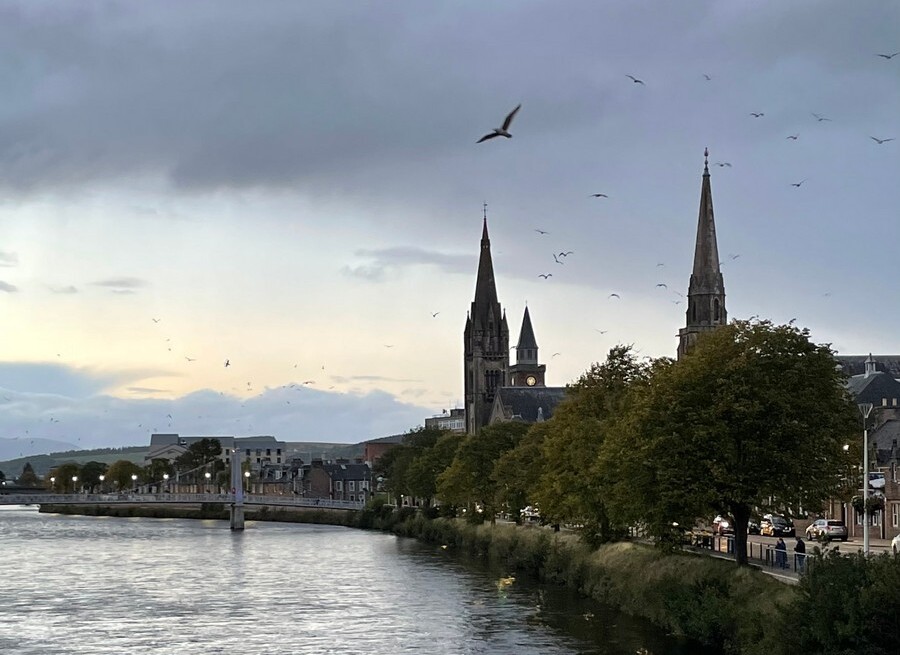
Inverness, the Highlands and the Loch Ness monster
From Edinburgh we leave for Inverness, the capital of the Highlands, a set of breathtaking landscapes that deserve a separate chapter. This is a quaint town where you can browse through alleys and markets, without forgetting to stop at Leakey's Bookshop, the largest second-hand bookshop in Scotland, built inside an old Gaelic church. Another pub: don't be fooled by the jaunty and youthful look, because Johnny Foxes has more than 25 years of history and offers simple and contemporary cuisine, that's balanced and very tasty. Sandwiches with unusual fillings, with well-thought-out vegetable options, such as their quinoa burger, beetroot and tomato chutney, paired to draft beers, tea, coffee, glasses of wine and cocktails.
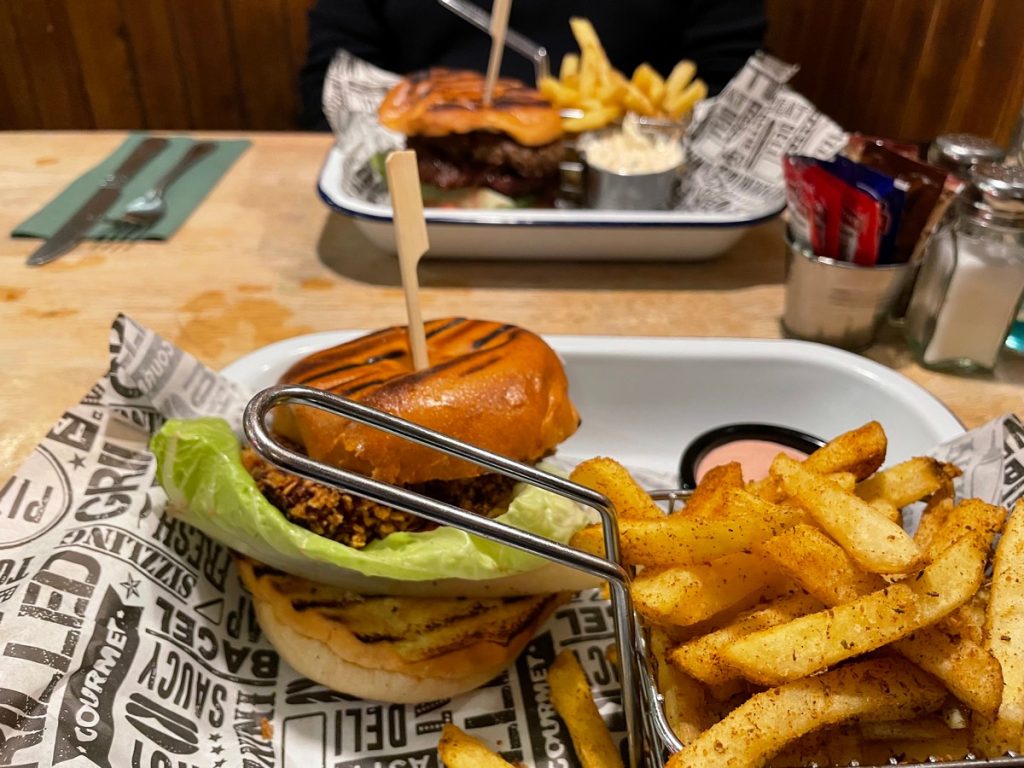
From Inverness, in just over twenty minutes' drive you can reach Loch Ness: the famous monster Nessie does not exist but you can visit the museum dedicated to him, the Loch Ness Centre & Exhibition, to find out how this myth was born, plus other interesting anecdotes on the geological evolution of the territory. A few steps from the centre, a nice place for traditional breakfasts, light lunches or sweet snacks is the Ness Deli, a café and diner where you can taste local desserts (do not miss tasting shortbreads and flapjack, an oat and fruit protein bar).
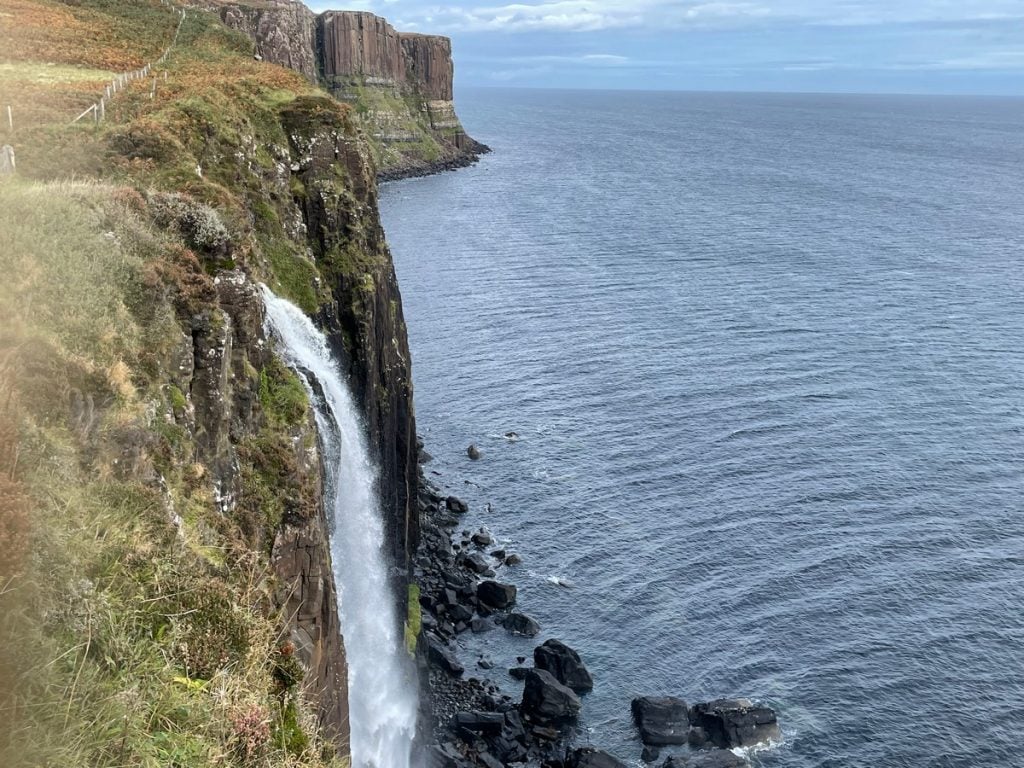
The Isle of Skye, amid castles, sandwiches and bakeries
It's time to travel through the wonders of the Isle of Skye, starting with the Fairy Pools natural waterfalls, a long journey that can last up to an hour. For an intermediate stop from Inverness, the ideal pit stop is Heilan Scran, a takeaway where you can buy sandwiches and hot takeaway dishes to be enjoyed while observing the Eilean Donan Castle, an island in the heart of the Western Highlands. To then reach iconic places such as Kilt Rock, the cliff overlooking the sea in the Totternish area, north of Skye, also famous for the Old Man of Storr, the tall rock formation that according to a popular tale is the toe of a buried giant, reachable after an hour's walk. A few steps from Kilt Rock, the small Staffin Dinosaur Museum is curious, where you can observe dinosaur footprints found on the island. There are many excursions available, but among the essentials there is certainly the one to the Fairy Glen: guessing the reason for the name is simple while you walk the path consisting of rounded hills, waterfalls, lakes and Castle Ewen, apparently a ruin but actually another hill that still has a layer of basalt on top. For those who need a bit of modernity in the midst of so much nature, a trip to Portree is ideal: the largest town on the Isle of Skye is perfect for shopping, not before having a bite to eat at MacKenzie's Bakery, which sells loaves, sausage rolls, puff pastry filled with sausage (also available in vegan version), sandwiches, desserts and soup of the day.
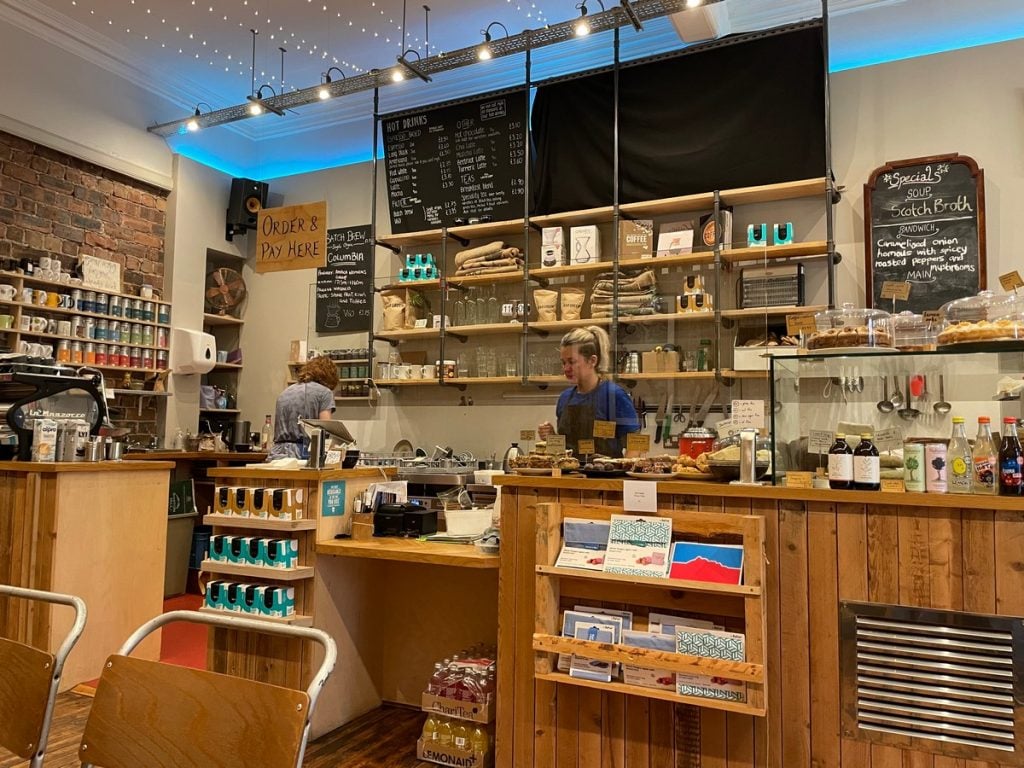
Passion for Harry Potter, from Fort William to Edinburgh
The Harry Potter story is set in and around London but it is in Scotland that the literary phenomenon created by J.K. Rowling drew most of its inspiration. There are many places linked to the writer and her books, starting from the Fort William station, in the Highlands, from where the Jacobite Steam Train departs, a steam train very similar to the one that takes students to Hogwarts school. While waiting for the train to arrive, fans of the saga can have lunch at The Wildcat, a vegan place that serves traditional desserts - the famous shortbread, a biscuits rich in butter here made as 100% plant-based - wraps, sandwiches, soups and even delicious specialty coffees, in espresso or V60.
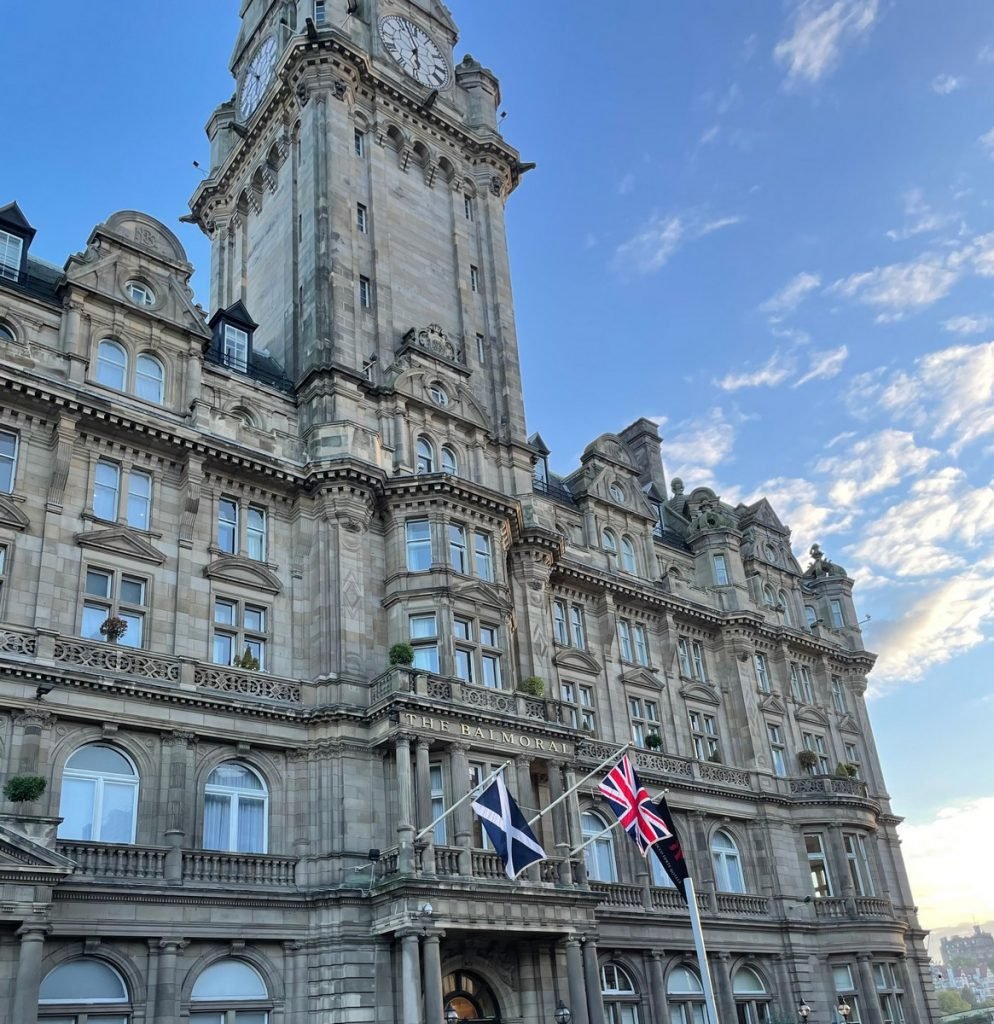
Back to Edinburgh for another iconic place: Victoria Street is a steep downhill street with quaint shops and boutiques on each side that is very reminiscent of the film's Diagon Alley, the shopping street of the wizards. On Princes Street is the Balmoral Hotel, where the author concluded the last of the seven books, while the now closed café The Elephant House was her "office" for a long time during the writing of the first book. Finally, why not drop by Greyfriars Cemetery to see the grave of the real Thomas Riddell (aka Lord Voldemort)? Rowling seems to have been inspired by several deceased names for her characters...
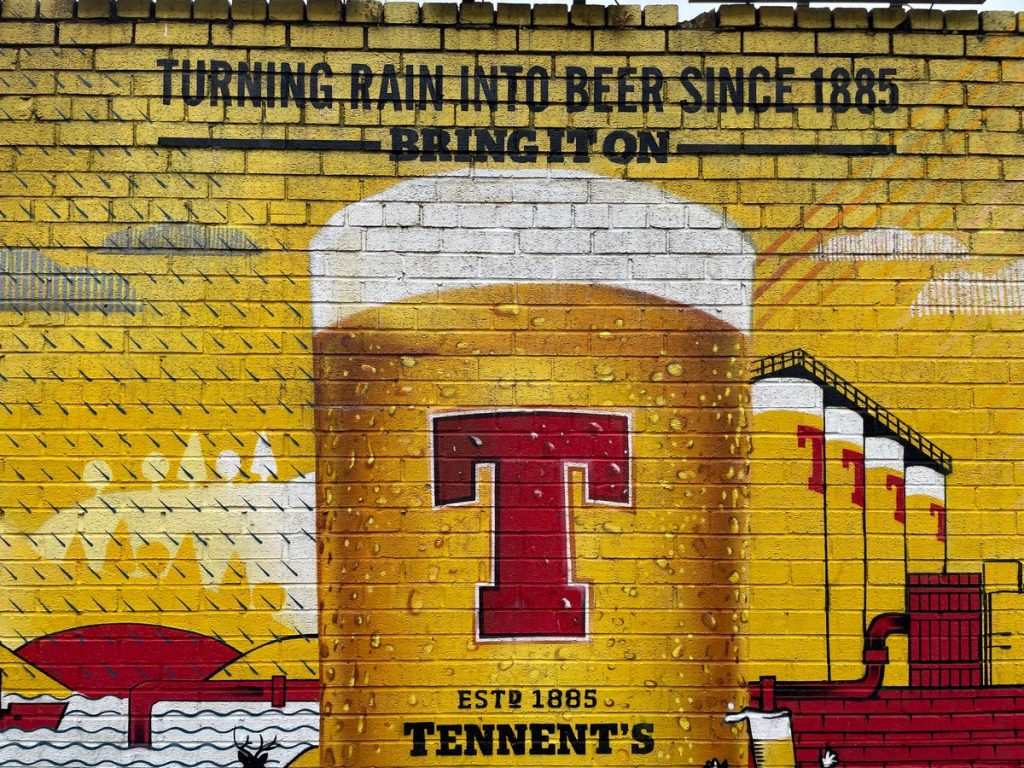
Glasgow and Tennent's
Less romantic than Edinburgh, less mysterious, more eclectic, modern, proudly working-class, with an industrial soul and its Victorian charm still visible, Glasgow is unfairly mistreated by tourists. This is a city that knows how to lend pleasant surprises to those who love cities with frenetic rhythms. Let's explore from George Square and stroll through the streets with shops and clubs (for a taste of quality street food, try a sandwich at Piece, it is a must, which serves Ottolenghian-inspired options, in particular the "Nottolenghi" sandwich). Walk through the university district dotted with murals to get to one of the symbols of the city: the Tennent's factory. The brewery offers one-hour guided tours with a final tasting. Curiosity: the Tennent's Super, much sold and appreciated in Italy, is not liked as much by the Scots and is not produced in the factory; the brand of this specific product has been in the hands of InBev for years and is distributed only in Italy.
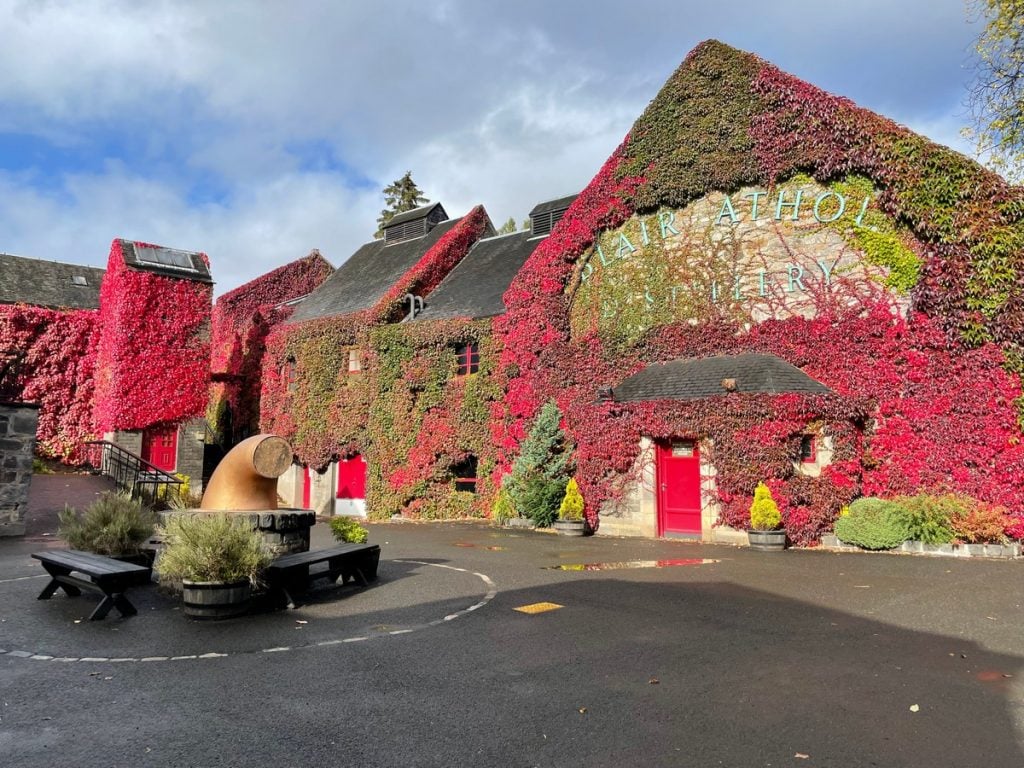
Distilleries, vegan food and specialty coffee
Scotland is synonymous with whiskey. It is impossible to travel the country without visiting at least one of the many distilleries: for lovers of single malt, a real gem is Blair Athol in the Perth region (it's also worth visiting the town by the same name), a series of small stone buildings covered in ivy, which in the autumn season shows off its best colours. But Scotland is more than whiskey, haggis and sausage: Edinburgh has been voted one of the most vegan-friendly cities in Europe in 2022, and the other locations are no different.
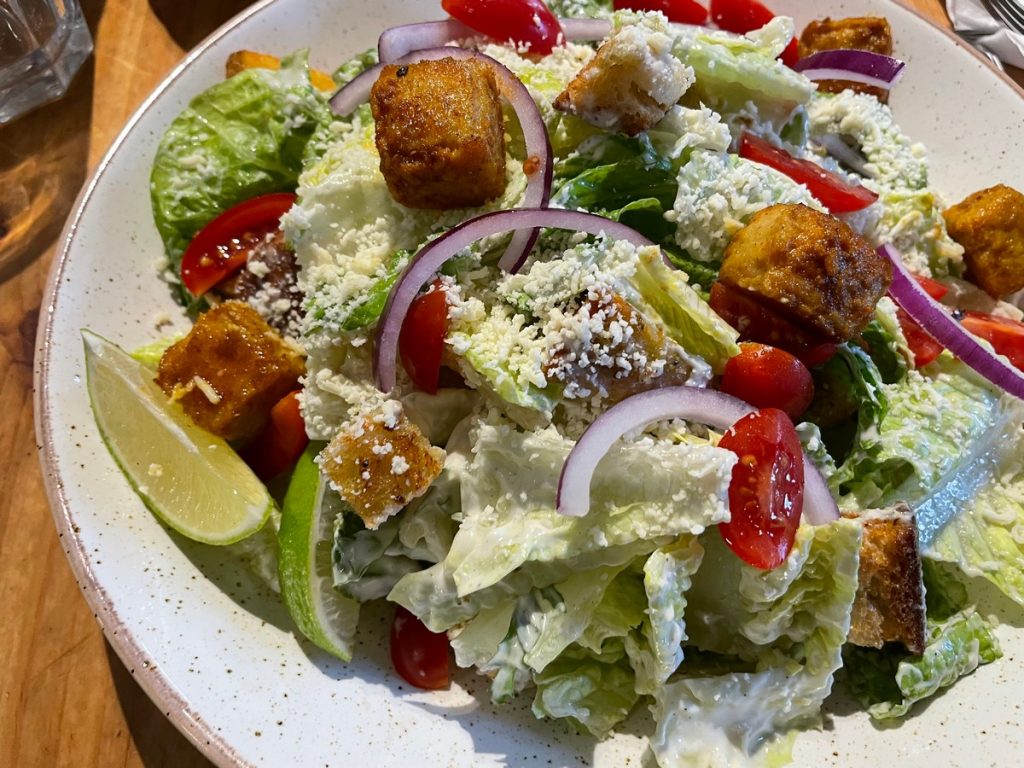
Although the Scottish gastronomic tradition is rich in meat, butter and cheese, in every café, pub and restaurant there is no shortage of vegetable versions of local recipes, including haggis. Then there are 100% vegan places, such as Wildcat in Fort William and Holy Cow in Edinburgh, a restaurant where you can find Caesar Salad, burgers, avocado toast and vegan cakes. There are also many specialty cafes for black gold lovers: Hideout Cafe and Artisan Roast in Edinburgh, Laboratorio Espresso and Sprigg in Glasgow deserve a mention.
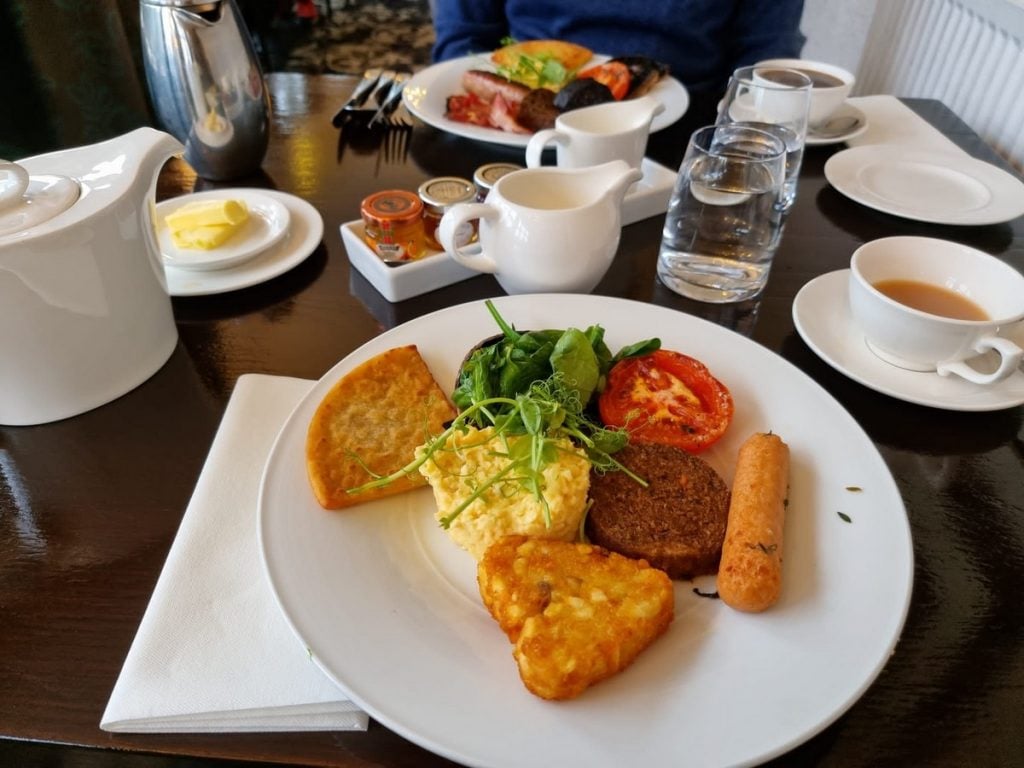
The must products of Scotland
Tasty sausages and delicious desserts, savoury breakfasts and oatmeal: here are the tastings not to be missed during a trip to Scotland.
- Scottish breakfast: similar to English breakfast, the Scottish savoury breakfast is distinguished by the presence of haggis and tattie scones, scones made with potatoes, flour and butter. To be paired with a cup of tea with a drop of milk.
- Haggis, neeps and tatties: dish made from sheep entrails is often accompanied by neeps, Swedish turnips, and tatties, potatoes in Scottish dialect.
- Shortbread: one part sugar, two parts butter and three parts flour traditionally make up this delicious and fragrant shortbread. The most classic shortbreads are the rectangular ones, but they are also available in different shapes.
- Fudge: widespread in all Anglo-Saxon countries, but the Scottish candies are distinguished by a more grainy consistency. They are made with milk, butter and sugar and are characterised by a melt in your mouth texture.
- Porridge: As a hearty and healthy breakfast, porridge is a mixture of water and oat flakes, born in mediaeval times to feed labourers throughout the day. Today it is also prepared with milk and honey, jams, spreads and fruit can also be added.
- Scotch pie: Savoury pies are common across the UK, but in Scotland they are traditionally stuffed with haggis or other lamb meat.
- Cranachan: Spoon dessert consisting of cream enriched with honey and whiskey, raspberries and oats.
- Cullen skink: Thick soup made with smoked fish, leeks and potatoes, traditionally prepared with donkey fish.
- Scones: Typical afternoon tea cakes, with a rather neutral flavour, to be cut in half, heated and served with clotted cream (cream halfway between butter and whipped cream) and jam.
- Empire biscuits: Made with the shortbread dough, these simple and delicious biscuits consist of two layers of shortcrust pastry, filled with raspberry jam and glazed on the surface, topped with a candied cherry.
Addresses
Where to eat in Edinburgh
Maggie Dickson’s – 91, Grassmarket - maggie-dicksons.edan.io/
Greyfriars Bobby’s Bar – 30/34, Candlemaker Row - nicholsonspubs.co.uk/restaurants/scotlandandnorthernireland/greyfriarsbobbysbarcandlemakerrowedinburgh#/
Holy Cow – 34, Elder Street - holycow.cafe/
Seeds for the Soul – 167, Bruntsfield Pl - seedsforthesoul.co.uk/it
Hideout Cafe – 5, Upper Bow - hideoutcafe.co.uk/
Where to eat in Inverness
Johnny Foxes – 26, Bank Street - johnnyfoxes.co.uk/
Where to eat in Loch Ness
Ness Deli - The Village Green, Drumnadrochit - thenessdeli.com/
Where to eat on the Isle of Skye
MacKenzie’s Bakery – Portree – Somerled Square - instagram.com/mackenzies_bakery_skye/
Duisdale House Hotel – Aird of Sleat - skyehotel.co.uk/duisdale/
Where to eat in Fort William
The Wildcat – 21, High Street - facebook.com/TheWildcatFortWilliam/
Where to eat in Glasgow
Piece – Argyle Street - pieceglasgow.com/
Sprigg – 241, Ingram Street - sprigg.co.uk/
by Michela Becchi

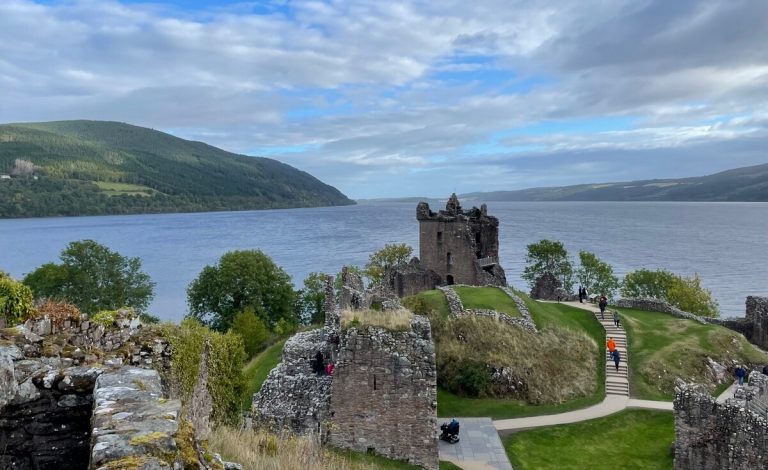
 Meloni: "Tariffs? If necessary, there will be consequences. Heavy impact on agri-food sector"
Meloni: "Tariffs? If necessary, there will be consequences. Heavy impact on agri-food sector" The Government honours the greats of Italian cuisine, from Bottura to Pepe. Massari: "Thank you, Meloni, the only one who listened to us"
The Government honours the greats of Italian cuisine, from Bottura to Pepe. Massari: "Thank you, Meloni, the only one who listened to us" "We must promote a cuisine that is not just for the few." Interview with Massimo Bottura
"We must promote a cuisine that is not just for the few." Interview with Massimo Bottura Wine was a drink of the people as early as the Early Bronze Age. A study disproves the ancient elitism of Bacchus’ nectar
Wine was a drink of the people as early as the Early Bronze Age. A study disproves the ancient elitism of Bacchus’ nectar "From 2nd April, US tariffs between 10% and 25% on wine as well." The announcement from the Wine Trade Alliance
"From 2nd April, US tariffs between 10% and 25% on wine as well." The announcement from the Wine Trade Alliance






